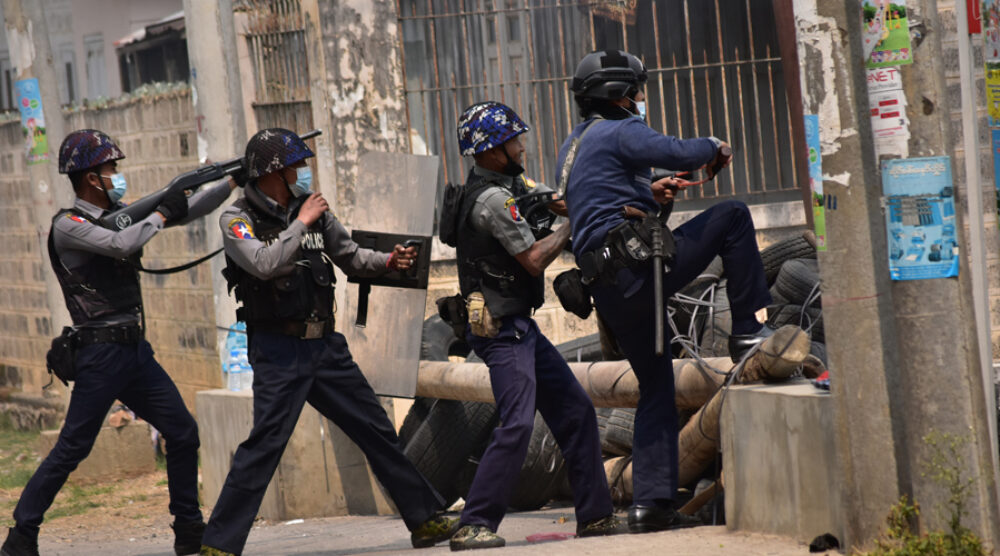Predicting Myanmar’s future has always been a risky business. It opened up to academics, journalists and others after the abortive 1988 pro-democracy uprising, but there is still much about its politics, economy and society that remain little known and poorly understood. For example, despite being the most powerful institution in the country for over half a century, its armed forces (or Tatmadaw) still defy detailed analysis.
In these circumstances, only a very bold or foolhardy observer would claim to be able to see where the country is heading, beyond the short term. Even so, it is important that some effort is made to identify emerging trends and to make cautious assessments about the likely course of events. For, without such a picture in mind, it is difficult to understand the significance of current developments and to formulate realistic policies aimed at tackling specific problems.
Before attempting a description of what Myanmar could look like over the next year or two, it might be helpful to lay down a framework for analysis, and state some basic assumptions.
Please click here to read the full “Myanmar: no light on the horizon” article published at Asialink, written by Griffith Asia Institute Adjunct Professor Andrew Selth.








